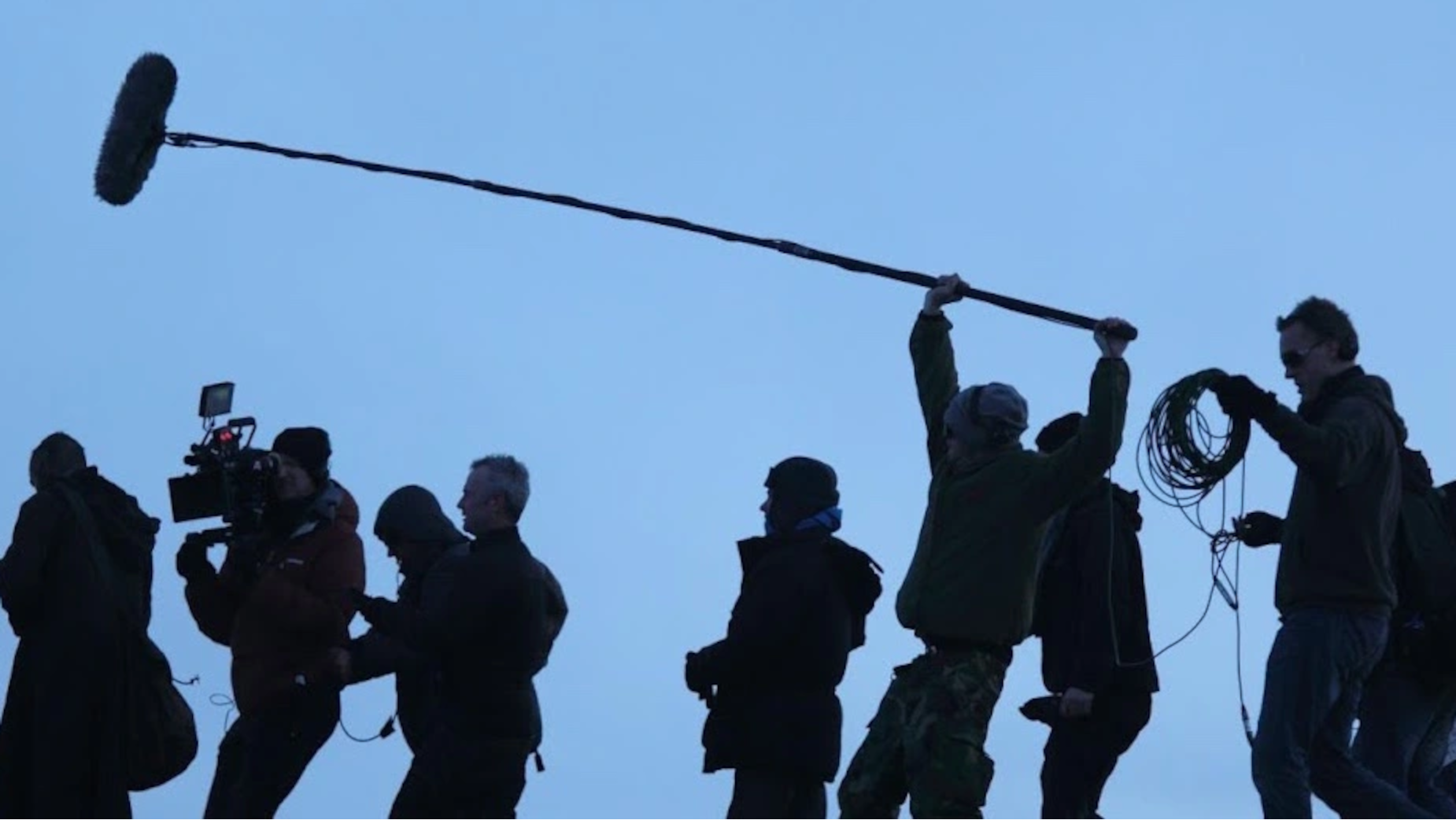
Sohonet’s Tips and Techniques to Add Impactful Sound Design to Your Movie

Sound design – the creation and implementation of audio elements – is one of the most important aspects of filmmaking. Sound design is used to enhance storytelling and immerse audiences, so they feel like they’re not just watching a film… but experiencing it too.
Dialogue, sound effects, ambient noise, music and beyond all fall under the category of sound design. When all of these elements come together to create a soundscape to compliment the picture of a film, that is when the magic truly happens. Strong sound design is a true superhero in evoking emotion from the audience. It can enhance realism or adversely, add fantasy; build tension or add excitement; be shocking or subtle – it really serves as a character in itself.
Creating the best sound design for your film requires a combination of creativity and technical knowledge, as well as an understanding of a film’s narrative, pacing, and emotional beats. Sohonet shares its top tips to ensure your sound design not only enhances the imagery on-screen, but is the star of the show:
Preparation and Early Discussions
Sound design is an integral part of storytelling, impacting how an audience interprets and responds to a film. In order to achieve the most out of your sound design, it is important to include sound artists in the beginning discussions of a project, just as you would with any other key collaborators. By communicating your interests and goals early on, these artists can utilise their tools and resources to best help you achieve your ultimate vision.
Provide your sound team with the script or synopsis as early as possible. This gives them an opportunity to understand the plot, tone, characters, pacing and more, which helps them better approach their sound process. Share any ideas, references, concepts and other films and works from which you draw inspiration. As artists, they know which techniques and technology to use to help you realise your goals, while staying within your budget.
Budget Considerations
Budgeting is a critical step in the preparation process. Sound design is not one size fits all, and some films - particularly in specific genres such as action, adventure, and horror - truly lean into big soundscapes and effects to captivate audiences.
When approaching the budget, it is important to consider all of the aspects of sound across editorial, foley, ADR, mixing, music and composition, etc, as well as any equipment or studio rentals and licensing. Last but not least, how is it being delivered? With different formats needed across movie theatre, home theatre, and even mobile devices, it is important to understand how this content will be consumed to plan budgets accordingly.
Sound Layering - The Key to Depth and Dimension
Sound layering is one crucial technique to add depth to a film. By layering multiple sound elements such as foley, ambient noise, and effects, a fuller, more lush soundscape is built.
As an example, imagine you’re walking around a city; so many different sounds come at you all at once. Traffic, horns honking, distant conversations, clicking heels on pavement, birds chirping, airplanes overhead, and the list goes on. All of these elements need to be incorporated to replicate the sound of a city in a film.
By recording elements in the field, mimicking through foley, and layering them all together, the soundscape will feel so much more realistic and less static and canned by simply using a few mixed tracks.
Applying Dynamic Range and Scene Transitions
In short, dynamic range is the contrast between the quietest and loudest sound elements in a movie. Finding the right balance between them plays an important role in conveying the intended emotion of a scene. By properly using dynamic range, you can create a more engaging, immersive experience for audiences, while being able to guide their attention to certain aspects of a scene.
For instance, a scene with a wide dynamic range might shift from an intimate conversation between two people enjoying dinner at a restaurant, to a sudden, unexpected scream of excitement from a woman who just discovered an engagement ring in her dessert. Or, on the other end of the spectrum, a film with a narrow dynamic range might keep sounds more consistent, creating a monotone sense of uneasiness.
Transitions are another factor in maintaining smooth auditory flow in a film. They can be created using fades, volume changes, gentle music or by blending pre-existing sound elements. Good sound transitions are typically subtle to avoid pulling the audience out of the story.
Lean into the 'Lack of Sound'
Silence is powerful, often as much as sound itself. The strategic use of silence can create a heightened sense of tension, intimacy, or disorientation. In moments of tension or introspection, stripping away sound can make a scene feel more intimate or unsettling. In a suspenseful scene, the absence of sound actually heightens anticipation, making a sudden noise or event even more impactful.
Removing sound can also help to direct the audience's attention to the visuals or the actor’s performance. Silence allows the audience to focus on the character's expressions and actions without the distraction of music or effects. By creatively using a lack of sound, you can actually heighten emotions to achieve a raw and more intimate feel.
Beyond Sound Design
By using these tips and tricks when approaching sound for your film, you are already on your way to a rich and dynamic soundscape. Sohonet is here to partner with you throughout the process, to help ensure you achieve the most with not only the audio component, but all aspects of your storytelling. Streamline your project’s workflow by taking advantage of Sohonet’s suite of services such as ClearView Flex, the video collaboration software or FileRunner, our automated file transfer software.












